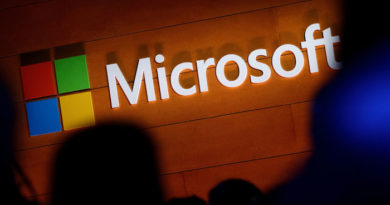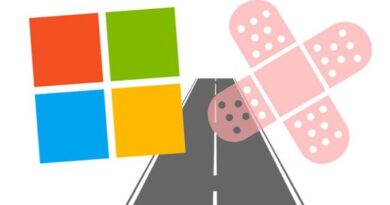Microsoft’s Latest Security Patch Troubles Windows 11 Users
Updated Complaints over Microsoft’s latest patch Tuesday have intensified after some Windows 11 users found their systems worse for wear following installation.
The July 12 patch, KB5015814, was a relatively straightforward one that dealt with a number of what Microsoft delicately termed “security issues” in its summary. It also included the content of the preview (KB5014668) that was released in June and featured search highlights consisting of “notable and interesting moments of what’s special about each day,” according to Microsoft.
Unfortunately, what appears to be making last week’s Patch Tuesday notable for some Windows 11 users is not quite as chirpy as the content of search highlights. Instead, users have found themselves faced with a variety of error codes, some resulting in a boot loop.
Microsoft has, at the time of writing, remained tight-lipped on the problems. The only known issues listed are related to .NET Framework 3.5 apps failing to open or issues with modal dialog boxes in Edge’s Internet Explorer mode tab. Users have instead taken to social media channels for spleen-venting purposes.
As well as the installation error codes, Redditors in the Windows 11 forum already reported problems with the Start Menu and Explorer appearing to hang. Comments included one where a user noted bluntly: “This update is just awful.”
Search highlights aside, the update is important and most issues appear to center on installation. Users affected reported that disabling the .NET Framework prior to an install attempt seem to help. As did disabling Malwarebytes, if installed. Stopping a cybersecurity platform, even if only temporarily, carries its own risks, and so should really only be a last resort.
The Register has contacted Microsoft and Malwarebytes regarding the issues and will update should either company respond.
The issues do not appear to be particularly widespread at present (small comfort to those affected), although as KB5015814 is downloaded and installed automatically, stopping it requires stopping Windows Update. Uninstalling it also mean losing the security fixes it contains.
Microsoft has a rich history of releasing problematic patches and then patching those patches with more patches. The problems caused by last week’s emission seem relatively isolated at present but if you’re wondering where it all went wrong (in PC terms) then a look back to last Tuesday might be all you need. ®
Updated to add July 19 09:50 UTC
A Malwarebytes spokesperson told us that it had received a small number of reports regarding the issue and that its team was “actively investigating and attempting to reproduce internally.”
The spokesperson pointed out that the issue did not appear to be widespread. “If someone suspects they may be experiencing this issue, the straightforward workaround is to temporarily disable Malwarebytes by right-clicking the tray icon and choosing Quit from the menu. You can then relaunch the application after any updates have been applied. There is no need to uninstall.”
The spokesperson also noted that there were plenty of complaints from users unable to get the latest KB update even without Malwarebytes installed. Microsoft has yet to respond.
READ MORE HERE



